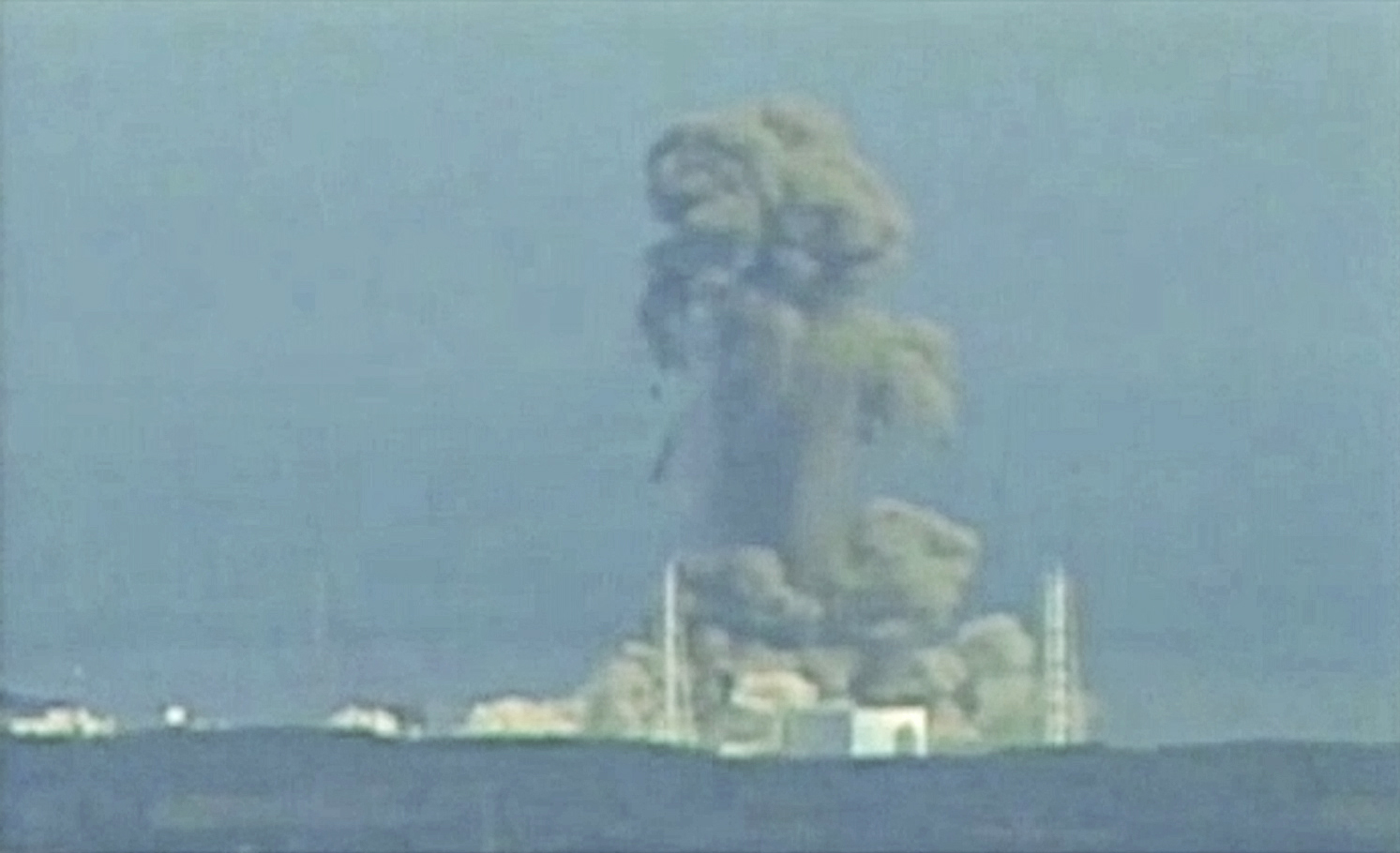
Civil Society Activist Opposed to the Green Climate Fund
The EU: “An Agreement is Within Reach”
In a very surprising (and potentially welcome) development, some of the main Parties today are indicating that there may be some kind of legally binding regime that emerges after COP-17 after all! Connie Hedegaard, speaking for the EU, which has proposed a “roadmap [at] the core of the negotiations,” said today that “…an agreement is within reach… A framework that would be global, and legally binding.”
While the EU has long been a pusher group on the idea of creating a binding regime, the EU’s proposal for the “roadmap” has received some verbal support from the US, in no small part because it calls on India and China to commit to binding targets. However, poorer nations and blocs, in particular AOSIS, the LDCs, and the African Group are also in favor of the proposal, thus fracturing the coherence of the 131 countries of the G-77 + China. It’s not a simple poor-v-rich nation debate any more. Indeed, last night, AOSIS, the LDCs and the EU released a common statement for greater effort and ambition, and stating that “…all parties to the UNFCCC need to commit…,” and committing to an extension of the Kyoto Protocol.
Moreover, Hedegaard is very explicitly positioning the climate change issue as one that should cross the North-South divide that has characterized climate change: “I find it significant and telling that the poorest countries of the world, the most vulnerable, they now stand together with the EU, that all parties will have to commit in the future.” Further, she pointed out that South Africa and Brazil (half of the BASIC Countries with India and China) have, as of midnight last night, signaled to the EU that it would commit to the binding commitments implicated under the roadmap.
South Africa: the Gracious Host
In a very carefully hedged statement, the South African Minister of Environment positioned itself as active in seeking a solution on the climate change issue and the EU roadmap. “As you know, the negotiations are still ongoing. We are part of finding a solution that would be attractive to all delegates. I’ll just leave it at that.” Lord, what I wouldn’t give to be a fly on the wall of these debates. Of course, given that the press and NGO participants are regularly excluded, that is not likely, unless I get nominated to a national delegation. (Note to self: if academic career doesn’t work out…)
Finally, Hedegaard pointed out that the US has repeatedly said that it would be interested in a legally binding deal under the EU roadmap, provided that others (including developing countries) were bound – a statement that aligns with China’s recent statements. Optimistic, yes?
Cautious Optimism
However, this optimism should be tempered by the fact that this regime is governed by consensus. 1) the Umbrella Group is probably going to be unhappy with an extension of the Kyoto Protocol, and 2) the other two BASIC Countries are unlikely to be happy with the binding agreements implied in the EU roadmap. Further, reports on the text of the roadmap, which has been made available so far only to the press that is actually at COP-17, indicates that the binding targets are only going to come into play “after 2020,” when the current (non-binding) requirements of the Cancún Agreements are commonly held to expire. This agreement could come into force in 2015 – “not an unfair deadline – four more years!” she emphasized – although the US is sending clear signals that it is not interested in establishing a timetable.
Further, alluding to the “small rooms” in which most of the discussions and decisions take place, Hedegaard made it clear (in as diplomatic manner as possible) that “those few big ones… are still not giving in” in committing to a decision in a timely pace. While the COP is scheduled to end today, and may drag out for a few hours more, this may yet scuttle the progress that has been made over the past 2 days.
The Clock is Ticking…
In short, if you want meaningful, binding action now, your choices are: 1) the non-binding Cancún Agreements starting now; 2) an extension of the Kyoto Protocol (sans Canada, Japan, and the US) starting 2012; 3) wait until 2020 for binding cuts to take place. This is not to say that no meaningful action will be taken, but it should be emphasized that, if we are going to cut global emissions in such a way as to prevent serious climate change (i.e., above 2 degrees C), it will have to be done through action that is more ambitious than any of the global commitments or agreements made between now and 2020.
Nor is it clear, for option 2, what extending the Kyoto Protocol would mean. In addition to the fact that three major Annex I economies have clearly stated that they are not interested in a new period, the EU, and technically, post-Soviet states have exceeded their Kyoto requirements. For it to be meaningful, the new Parties would have to create new targets, which would almost certainly be a profoundly politicized issue. You can take a look at some of the options considered by the AWG-KP and AWG-LCA here (PDF – specific to the KP) and here (PDF).
In any case, no Decisions have been announced yet; it is 11:11pm Durban time – the COP-17 is scheduled to end today, and we’ll see what comes out. I predict (hope?) 1) institutionalized GCF; 2) very watered down Kyoto Protocol, obviously sans Canada, US, Japan and BASIC country requirements. The only question remaining is whether Parties will make a commitment to negotiating a binding regime in a future COP to come into force by 2020. That could go anywhere at this point.









